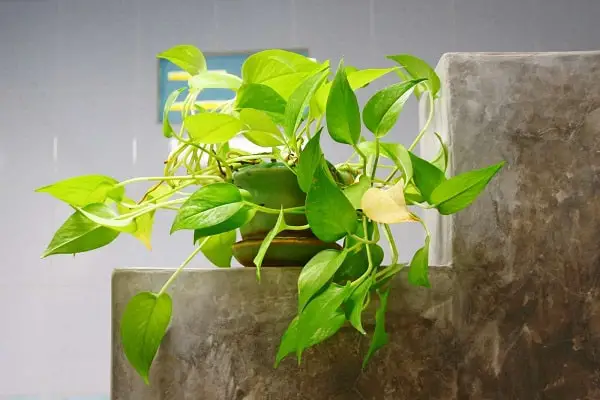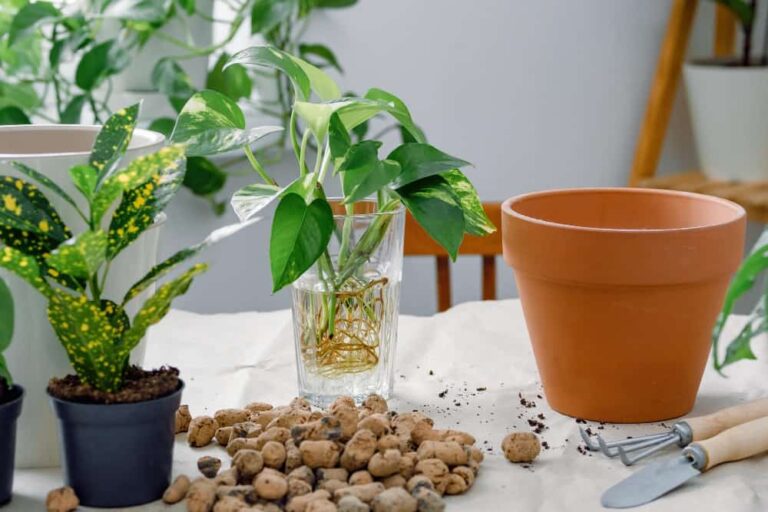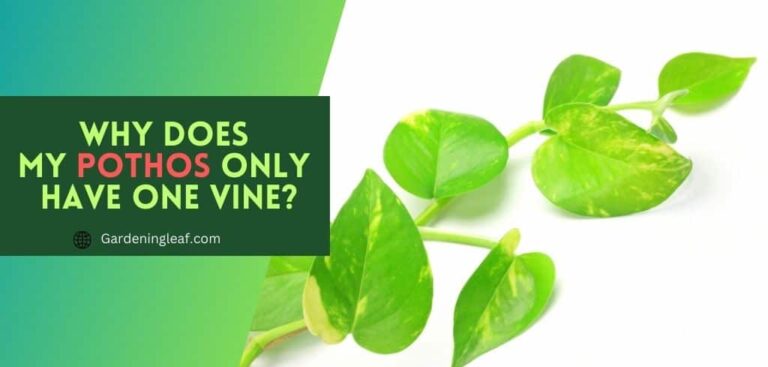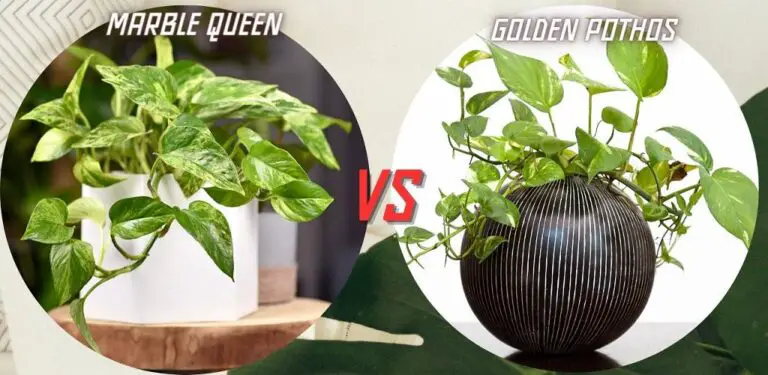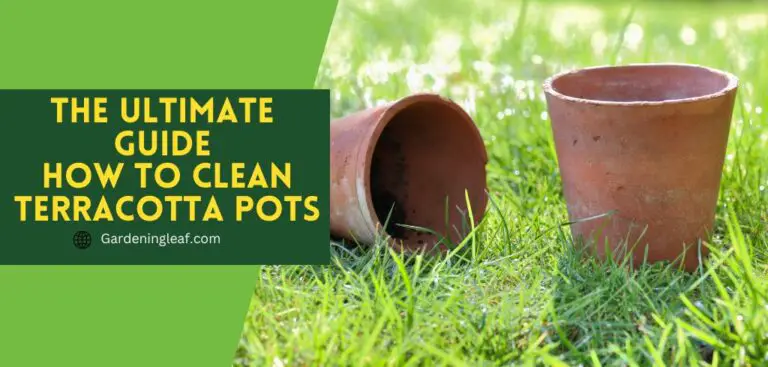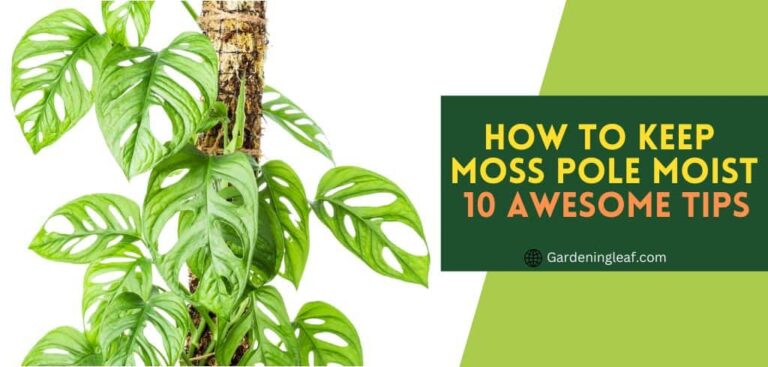Are terracotta pots good for pothos? Unlocks Your Plant’s Potential
Pothos (Epipremnum aureum) is a popular indoor plant. This plant is known for its aesthetic appeal, low care, and capability to purify the air. Originating from the Solomon Islands in the South Pacific, it is commonly referred to by various names, including Devil’s Ivy, Golden Pothos, and Money Plant.

They need little maintenance and look great in many different kinds of pots. These plants are ideal for encouraging air circulation. But terracotta containers are the best option to elevate your pothos houseplant to the next level. These planters provide excellent drainage and allow you to grow pothos anywhere from a windowsill to a garden balcony. In this post, we will discuss are terracotta pots good for pothos?
Are Terracotta Pots Good For Plants?
Yes, terracotta pots are the best pot for pothos plants. Terracotta pots are made from porous clay. This can help prevent overwatering, the most common cause of unhealthy plants. The improved air circulation helps to prevent heat stress in plants. They’re a great option for hot geographic regions.
Pothos plants will do well in terracotta pots if they have proper drainage. Terracotta pots could dry out more quickly than other types of pots. So they need more regular watering.
Read More :- Are Terracotta Pots Good For Plants?
Benefits of Terracotta Pots for Pothos
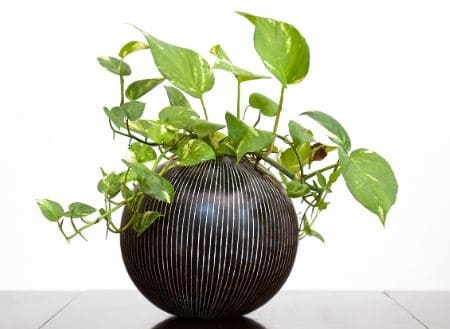
When you want to understand are terracotta pots good for pothos? First, we need to understand the Benefits of Terracotta Pots for Pothos. Terracotta pots have been used for centuries as a popular choice for gardening and planting. Due to their many benefits, especially for particular plants like Pothos. Here are some benefits of using terracotta pots for Pothos:
Breathable material: Terracotta is a porous material. That allows for better air and water circulation than other materials like plastic. This is especially important for Pothos plants. Because they need well-draining potting soil to prevent root rot. The porous character of terracotta also helps to regulate soil temperature. And preventing soil from overheating or freezing. Which can be detrimental to the roots of Pothos plants.
Aesthetic appeal: Many people appreciate the aesthetic value of terracotta Pot. Because of their natural, earthen appearance. This organic style goes well with the jungle-like greenery of pothos plants. The variety of shapes, sizes, and hues available for terracotta Planter. It makes them adaptable to many settings.
Durable and long-lasting: Terracotta pots are a wonderful long-term buy because they are strong and resilient. They’re ideal for exterior sowing. Because they hold up to extreme temperatures and other harsh weather conditions.
Cost-effective: Terracotta pots are available and are generally less expensive than other types of pots. Such as ceramic or porcelain pots. This makes them a cost-effective option for beginner gardeners or those on a budget.
Lightweight: While clay pots aren’t as portable as plastic pots or metal pots, they still have their uses. Compared to other potteries made of clay or concrete, terracotta ones are still light. The lighter weight makes them more convenient to transport.
Read More :- The Best Plants for Terracotta Pots: Tips for Caring Your Plants
Tips for Choosing the Right Pot
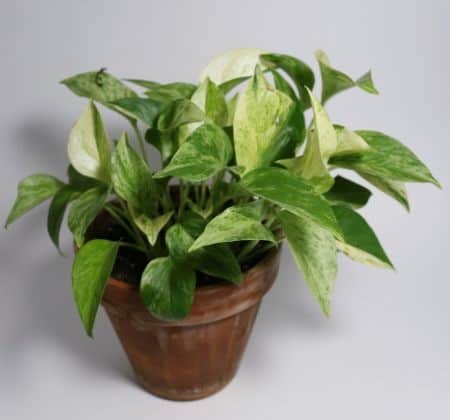
Buying the right pothos pot is important to the development and survival of your plants. When choosing a container, bear these things in mind:
Size: When you Choose a pot. Choosing the type of pot that is right for your plant is impotent. If you choose the smaller pot, Root-bound happens. It happens when the soil limits a plant’s root ball in a pot that is too tiny for its needs. So it’s always important to Pick a larger pot than the plant’s present size so it has space to flourish.
Material: Plastic, terracotta, ceramic, and metal are just some of the many options for pot materials. Each material has pros and cons. Thus, selecting the proper material for your plant’s requirements is essential. Terracotta containers are ideal for plants that require well-draining soil and sufficient ventilation.
Drainage: Look for a Pot that has sufficient draining holes. Drainage hole helps to bypass the excess water, prevent root rot, and help the plant grow.
Style: Choose a pot that complements your plant’s style and home decor. A pot that looks good with your plant can make it stand out and become a focal point in a room.
Weight: Consider the weight of the pot when filled with soggy soil and water. Some materials, like terracotta and ceramic, can be heavy, making it difficult to move the pot around. If you plan on moving your plant frequently, look for a lighter-weight pot, like a plastic, metal, or fabric pot.
Seasonal Considerations: When planning to plant outdoors, it’s important to consider the climate. If you live in a cold area. It’s best to avoid using heavy materials such as terracotta or ceramic pots, as they may crack due to frost. Using lightweight materials like plastic or metal is more suitable. Conversely, darker pots may absorb excessive heat and harm the roots if you live in a hot climate. In such cases, selecting lighter-colored pots is recommended.
Functionality: Consider the functionality of the pot. If you plan on hanging the pot. Choose a pot with a built-in hanger or lightweight and easy to hang.
Durability: It is another important point you need to consider. All ways Choose a pot constructed of high-quality, weather-resistant materials. Especially if you intend to use it for outdoor gardening.
Price: Consider the price of the pot. While choosing a high-quality pot is important, you also don’t want to overspend. Look for a pot that is within your budget and offers desired features.
With these tips, you can choose the right pot for your plants, ensuring they have a healthy and happy home.
Read More :- The Ultimate Guide How to Clean Terracotta Pots: Tips and Tricks
The Difference Between High-Quality and Cheap Terracotta Plant Pots
When purchasing terra cotta plant pots. You need to be watchful about the type of pots you buy. Because of the expensive pots and the cheap options pot not always give the same result.
Material: High-quality terracotta pots are made from a higher grade of clay. Which makes them more durable and long-lasting. Cheaper terracotta pots may be made from a lower grade of clay or mixed with other materials. So its cracks and break easily.
Production Process: Terracotta pots of superior quality are typically crafted by hand, ensuring uniform excellence and meticulous attention to detail. Conversely, less expensive pots are often manufactured in bulk, leading to irregularities and flaws.
Thickness: Best quality has a thicker and heavier construction than their cheaper counterparts. This feature makes them more stable and less prone to tipping over. Conversely, cheaper pots may be thinner and lighter in weight. Resulting in reduced durability and increased susceptibility to damage.
Finish: High-quality terracotta pots are often finished with a smooth. The surface enhances their appearance and makes them easier to clean. Cheaper pots may have a rough or uneven surface, making them harder to clean and less visually appealing.
Overall, investing in high-quality terracotta pots may cost more upfront. But they will likely last longer, look better, and give your plants a more stable growing environment.
Read More:- Are Ceramic Pots Good for Plants – Unlock the Benefits of Ceramic Pots for Your Plants
Common Problems with Pothos in Terracotta Pots
Terracotta pots are popular for growing pothos. But terracotta pots also have some issues. Here are some common problems with pothos in terracotta pots and how to solve them.
1. Poor Drainage.
Terracotta can become clogged with minerals and other debris, which prevents water from draining properly. To improve drainage, use a potting mix that contains perlite. It helps to keep the soil loose and well-aerated. Add more gravel to the bottom of the pot. Its helps drain excess water easily.
2. Overwatering.
Too much water is frequently encountered when growing pothos plants in terracotta pots. Terracotta is a porous material that can absorb a lot of water quickly. As a result, many individuals make the mistake of too much watering their pothos plants. Only water the plant when the top few inches of soil are dry to prevent overwatering.
3. Poor Air Circulation.
Poor air circulation can be caused by using a pot that is too large for a pothos plant. Planting bigger pot can result in stagnant air and excess moisture. It is leading to root rot and other plant health issues.
So, it would help if you used a pot appropriate for the pothos plant’s size. The pot must have sufficient space for the plant’s roots to grow and breathe. But not so much space that it creates stagnant air.
4. Low Light.
Pothos thrive in bright, indirect light, so place the pot in a spot with plenty of indirect sunlight. If you have the pot indoors, you can use a grow light to provide the necessary light for the plant.
5. Temperature Fluctuations.
Temperature fluctuations can be problematic with terracotta pots. The material could be better at maintaining consistent temperatures. To avoid this, find a spot away from direct sunlight and drafts.
With these tips, you can be sure that your pothos thrives in its terracotta container. You can enjoy this beautiful plant for years with proper care and attention.
Best time to repot pothos in a terracotta pot
The best time to repot your pothos in a terracotta pot is during its growing season, spring or summer. This is when the plant actively develops new roots and foliage. It’s making it the perfect time for transplanting.
To promote new growth and the development of new roots. Loosen the roots before repotting. When transferring the plant to the new pot, ensure it is centered, and the soil level is consistent with its previous pot. Following repotting, it is crucial to water the plant and place it in a well-lit area with indirect sunlight.
Read More :- Manjula Pothos vs Marble Queen: Which One is Best for You?
Frequently Asked Questions
Do pothos like self-watering pots?
Pothos plants can do well in self-watering pots. But need to check the soil moisture level. Self-watering pots can be a convenient option. Because they supply water to the plant as needed. But excessive water accumulation can cause root rot or other problems. So, while pothos can thrive in self-watering pots, it is crucial to be attentive to soil moisture levels and not overwater the plant.
Are clay pots good for plants?
Clay pots are beneficial for plants. Clay containers improve soil aeration, which promotes healthy root development. The porous nature of clay aids in maintaining soil moisture. Which is beneficial for plant growth. Additionally, clay pots are heavy and provide stability for plants. For that reason, they are a great choice for outdoor container gardening.
Are clay pots good for succulents?
Yes, clay pots are generally suitable for succulents. Because of the porous and allow for good airflow and adequate drainage. Succulent plants need well-draining soil because they don’t tolerate overwatering.
But not all clay pots are the same. Unglazed clay pots are generally preferred for succulents. Because they allow for better evaporation and airflow than glazed pots. Additionally, terracotta pots are a popular choice for succulent growers. Because they are affordable, available, provide good drainage, and look good with succulents plant.
Are clay pots good for indoor plants?
Yes, clay pots are a great option for indoor garden plants. Clay pots absorb and release moisture as needed. Which helps regulate the plant’s humidity level. They also promote aeration, which is essential for root health. Additionally, clay pots are inexpensive and available in various sizes, shapes, and colors to fit any decor.
Are clay pots good for orchids?
Yes, clay pots are a great choice for orchids. Clay pots are porous, which allows for better aeration and moisture regulation, which is ideal for orchids. Clay pots also allow for better drainage, which is necessary for orchids to prevent them from becoming overwatered. Additionally, clay pots are attractive and can add a decorative touch to any orchid collection.
Are clay pots good for Christmas cacti?
Yes, clay pots are a great choice for Christmas cacti. Clay pots provide excellent drainage for keeping Christmas cactus roots healthy and hydrated.
What size pot does my pothos need?
Pothos plants are not too picky regarding pot size, but they prefer a container that is slightly larger than their current root ball. A 6-8 inch pot is usually the perfect size for a mature pothos plant. However, make sure the pot has adequate drainage holes. And use a well-draining soil mix to prevent overwatering.
How do I know if my pothos needs a bigger pot?
If your pothos’ roots are growing out of the drainage holes or peeking out of the soil, it is a sign that it needs a bigger pot. Additionally, if the water runs straight through the pot when you water it, it is time to find a larger container. The pot you select should be 2 inches in diameter wider than the current one and have holes at the bottom. Avoid pots with drainage holes along the sides, as this can increase the risk of root rot.
What plants do well in terracotta?
Terracotta is ideal for plants that poorly in very moist soil, like succulents, cacti, snake plants, monstera, ficus, philodendron, and more. If you’re considering a plant, look at the care instructions; terracotta is probably a good choice if it prefers dry soil.
Can water pass through terracotta pots, or are they waterproof?
Terracotta pots are not completely waterproof due to their porous nature. They are made from baked clay and have tiny pores that allow air and moisture to circulate through the pot. This can benefit plants that need well-draining soil and good air circulation.
Yet, it also implies that water may leak through the pot and harm things it is set down on, such as floors or furniture. Use a saucer or tray underneath the pot to collect extra water and safeguard the surrounding area.
Read More :- How to Grow Pothos in Water: The Ultimate Guide
Conclusion
In conclusion, when considering a pot for your pothos plant. Choosing one that provides adequate space for the roots to grow and has good drainage to prevent waterlogging is important. Terracotta pots are a popular choice for pothos plants. They are porous and allow air and moisture to circulate, promoting healthy root growth. Additionally, the weight of the pot helps provide stability to the plant. So, the answer to the question “are terracotta pots good for pothos?” is yes, they can be a great option for your pothos plant as long as they are the appropriate size and have good drainage holes.
Source :- https://www.thespruce.com/pothos-an-easy-to-grow-houseplant-1403154

